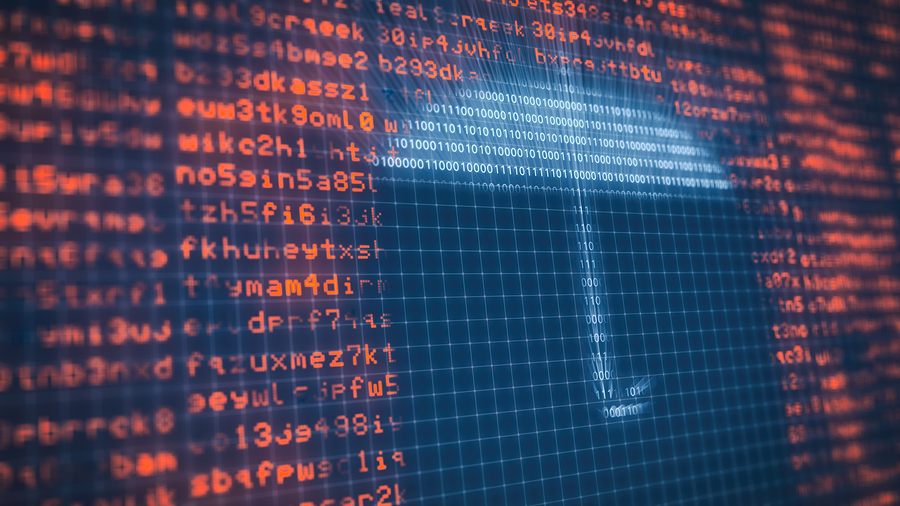The Importance of Effective Information Devastation Practices in Safeguarding Sensitive Information and Ensuring Computer Safety
In a period where information breaches are significantly typical, the relevance of effective data damage methods can not be overemphasized. Organizations face substantial threats when delicate details is improperly gotten rid of, potentially causing unauthorized gain access to and serious monetary consequences. Carrying out robust data damage methods not only mitigates these risks but also straightens with lawful conformity demands, making sure that organizations support their credibility and foster client trust. However, the inquiry continues to be: what certain methods can be utilized to enhance these practices, and just how can companies efficiently integrate them right into their total cybersecurity framework?
Recognizing Data Devastation
Comprehending data damage is crucial in today's electronic landscape, where delicate information can conveniently be compromised. Efficient data damage entails not merely ensuring however removing files that information is irretrievable through extensive approaches. This process is vital for companies that handle private customer details, intellectual property, or internal papers, as any kind of violation can result in serious monetary and reputational effects.
Information destruction encompasses different strategies, consisting of shredding physical media, degaussing magnetic storage devices, and employing software-based options that overwrite information numerous times. Each approach serves a particular function and needs to line up with the level of sensitivity of the details being dealt with. For example, physical destruction is often preferred for disk drives consisting of highly confidential data, while software methods might be sufficient for much less sensitive details.
Moreover, sticking to sector requirements and guidelines, such as the General Data Protection Law (GDPR) or the Wellness Insurance Policy Mobility and Responsibility Act (HIPAA), is vital for compliance and to mitigate lawful dangers. Organizations must create a durable data destruction plan, train workers on best practices, and consistently investigate their procedures to ensure that all delicate info is disposed of firmly and successfully.
Risks of Inadequate Practices
Poor data damage practices reveal organizations to substantial dangers that can have far-ranging repercussions. When sensitive info is not properly taken care of, it stays at risk to unapproved access, which can bring about information violations and identity burglary. Such events not just compromise the protection of individuals yet likewise stain the company's reputation, leading to a loss of customer depend on and possible monetary effects.
Furthermore, governing compliance is progressively rigorous in numerous markets. Failing to comply with data damage regulations can lead to significant fines and lawful actions against organizations. These penalties can strain funds and draw away focus from core organization operations.
Furthermore, the misuse of recurring information can result in copyright theft or corporate reconnaissance, jeopardizing affordable advantages (data destruction). The impact of poor information damage extends beyond immediate economic losses; it can likewise result in long-lasting damages to brand integrity and market placement

Organizations have to identify that data protection is not solely concerning preventing violations; it also includes the liable administration of data throughout its lifecycle. Overlooking efficient data damage protocols can have devastating implications, underscoring the need for durable procedures to reduce these risks.
Best Practices for Information Damage
Executing effective information devastation methods is vital for protecting sensitive details and preserving compliance with governing requirements. Organizations ought to adopt a multi-faceted strategy to make sure that data is irretrievable, therefore protecting against unapproved gain access to and potential violations.
First, data should be classified based upon level of sensitivity, enabling companies to use suitable destruction methods customized to the level of risk. For digital information, making use of software-based data-wiping tools that comply with industry criteria can properly overwrite existing information. Physical damage techniques, such as shredding or degaussing, are important for gadgets that store delicate details, making sure total removal.
Developing a clear data retention policy is vital, outlining how long different kinds of info ought to be preserved before devastation. Regular audits of information storage space systems are also essential to determine unneeded or outdated data needing elimination.
Furthermore, training workers on the relevance of data damage and the details protocols to comply with fosters a society of protection within the organization. Lastly, preserving documents of information destruction refines supplies liability and supports compliance with interior plans and exterior regulations. By adhering to these finest techniques, companies can dramatically minimize the threats connected with visit their website information direct exposure.
Legal and Conformity Factors To Consider
Failing to follow these guidelines can cause severe charges, consisting of significant fines and reputational damage. Organizations needs to apply a robust data devastation plan that aligns with these legal frameworks and supplies clear standards on the correct methods of data disposal, whether physical shredding or digital wiping.
Additionally, keeping documentation of data damage activities is necessary for showing conformity throughout audits or inspections. By prioritizing legal and compliance considerations, organizations can enhance their data safety and security position and foster depend on with customers and stakeholders, eventually adding to a much more secure data management environment.
Advantages of Effective Information Devastation
Reliable information damage methods prolong beyond mere compliance; they supply substantial benefits to companies that prioritize them. By making sure that delicate info is irretrievably destroyed, organizations mitigate the threat of information violations and the prospective financial repercussions linked with them. This aggressive technique not only safeguards against unapproved accessibility however also enhances the total dependability of the organization in the eyes of clients and stakeholders.
Carrying out robust data devastation techniques, such as physical destruction of storage space tools or innovative data wiping strategies, adds to the fortifying of an organization's cybersecurity position. data destruction. It reduces the chance of copyright burglary and secures exclusive information, therefore preserving a competitive side in the marketplace

Conclusion
In conclusion, effective information damage practices are essential for guarding delicate information and enhancing total computer security. Inevitably, a dedication to robust information damage strategies cultivates a culture of responsibility, therefore enhancing a company's cybersecurity pose and maintaining customer count important link on.
